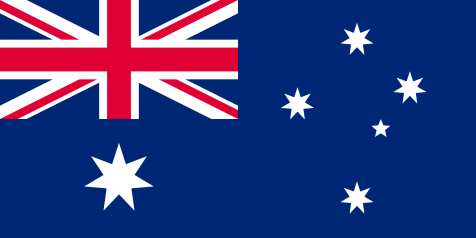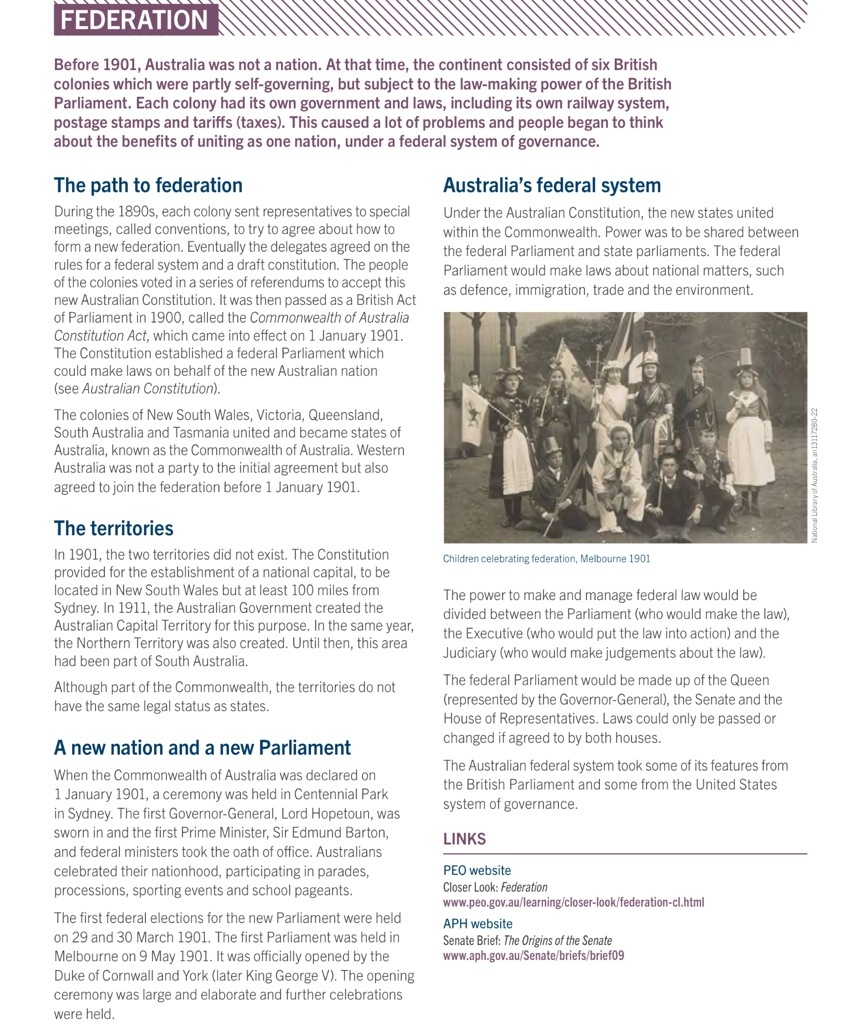ExplorersWhy did people explore?
During the 17th and 18th centuries there were no aeroplanes or fast ships. There was no technology and many parts of the world had not been discovered by the Europeans. Many explorers spent years sailing the seas. What were they searching for?
Explorers were sometimes looking for places that no one from Europe had been to before. Sometimes they were looking for resources, or things like spices, vegetables and metals. Sometimes they wanted to find new land and become famous.
Sailors were often sent searching in the hope they would gain more power and money.
Why do you think explorers came to Australia? What do you think they found?
Early explorers of Australia
Let’s have a look at some of the explorers who came to Australia.
Willem Jansz
Willem Jansz was a Dutch sailor, who is said to be the first European to find Australia in 1606.
Jansz and his crew landed in Australia (Cape York) where they met a group of Aboriginal people. The two groups ended up in a fight and one of the crewmembers was speared to death.
Dirk Hartog
Dirk Hartog was also a Dutch sailor, who is believed to be the first European on the West coast of Australia.
In 1616 Hartog and his crew were blown off course and landed on a small island near Shark Island. Today, this island is called Dirk Hartog Island.
Abel Tasman
Anthony van Dieman was a Dutch man who wanted to explore New Holland (Australia).
In 1642 Abel Tasman was employed to lead this trip. Tasman and his crew landed on Tasmania in November 1642. Tasman named the island Van Dieman’s Land, but we know it today as Tasmania.
William Dampier
William Dampier was an English pirate! Dampier visited New Holland (Australia) twice.
The first time Dampier came was in 1688 when he was onboard the Cygnet, a pirate ship. The ship became damaged and the crew made the repairs on the West coast of Australia.
In 1699 Dampier was sent back to Australia by the English government. They wanted him to find out more about the country. On the trip Dampier gave Shark Bay and Roebuck Bay their names. The journey ended in disaster because the ship sank before he could return home.
He arrived back in England as a passenger on another ship and was considered a disgrace.
Captain James Cook
In 1770, Captain James Cook was the first European to explore the eastern coastline of Australia.












